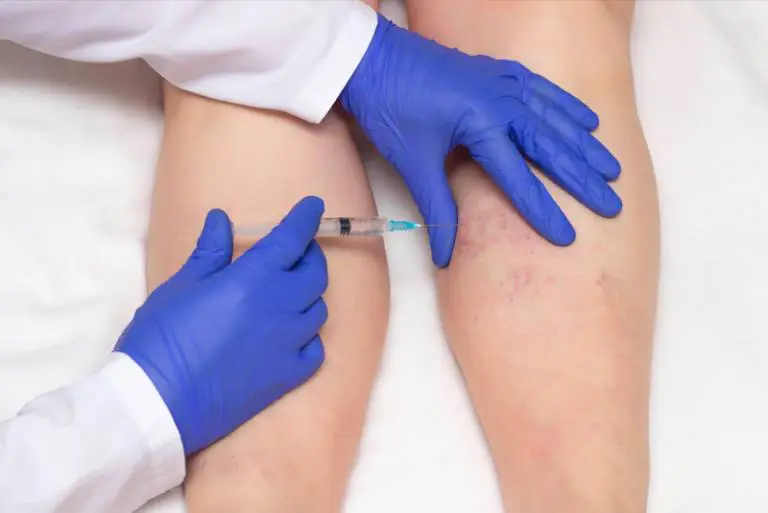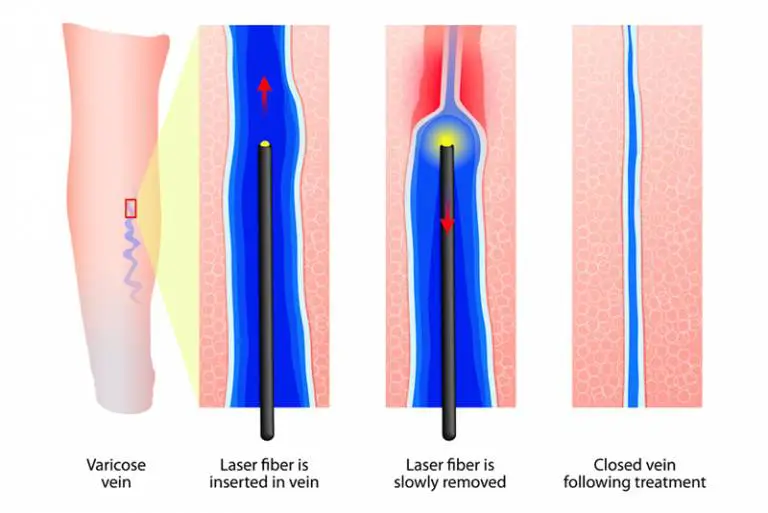
Varicose Veins
and Venous
Disorders
Varicose veins
Your veins are an important part of your circulatory system, bringing blood from all parts of the body back to the heart. Your natural movements, plus the valves inside veins make that happen smoothly. But what happens when a valve is damaged? Blood runs backward instead of forward, pooling in the vein and causing it to thicken and swell, resulting in a varicose vein.
Varicose veins often appear as thick, dark, swollen veins in the legs, although they can develop anywhere and may not even be visible. Some people with varicose veins don’t have any symptoms, but for many people varicose veins are accompanied by:
- An aching or heavy feeling in the legs
- Swelling in the lower legs
- Burning, muscle cramping or throbbing
- Itching around the affected vein(s)
- Skin discoloration around the affected vein(s)
Treating varicose veins
Treatment for varicose veins is a minimally invasive procedure called endovenous laser ablation therapy (EVLT). Despite its impressive name, EVLT works on a simple concept: using laser heat to permanently seal off a problem vein so that blood no longer flows through it.
A CORA interventional radiologist performs EVLT using a local anesthetic. When the area is sufficiently numbed, a laser fiber is inserted and guided to the varicose vein using ultrasound. Laser heat is applied to the vein, causing it to collapse and seal, and multiple varicose veins can be treated during one procedure. With the problem veins now closed off, the body will re-route blood to different, healthier veins.
EVLT is an excellent alternative to vein surgery, with many benefits.
- It is a relatively short procedure (takes only about an hour)
- The only incision is a very tiny nick in order to insert the laser fiber
- It requires only a local anesthetic
- You can resume normal activities the same day

Treating spider veins
Treatment for spider veins is a minimally invasive procedure known as sclerotherapy. During sclerotherapy, a chemical is injected into the problem veins, causing them to seal and become scar tissue. Blood is then re-routed to healthier veins.
Sclerotherapy has many benefits including:
- It is a relatively short procedure (takes only about an hour)
- No incisions are necessary, just injections
- It requires only a local anesthetic
- You can resume normal activities the same day


GARRETT SCHROEDER, MD
Vascular Interventional Specialists

BENJAMIN ENGLISH, MD
Vascular Interventional Specialists

CASEY CURRAN, MD
Vascular Interventional Specialists

DANA MANN, MD
Vascular Interventional Specialists

BRIAN EVANS, MD
Vascular Interventional Specialists

Ande DeMarco
PA-C Physician Assistant
